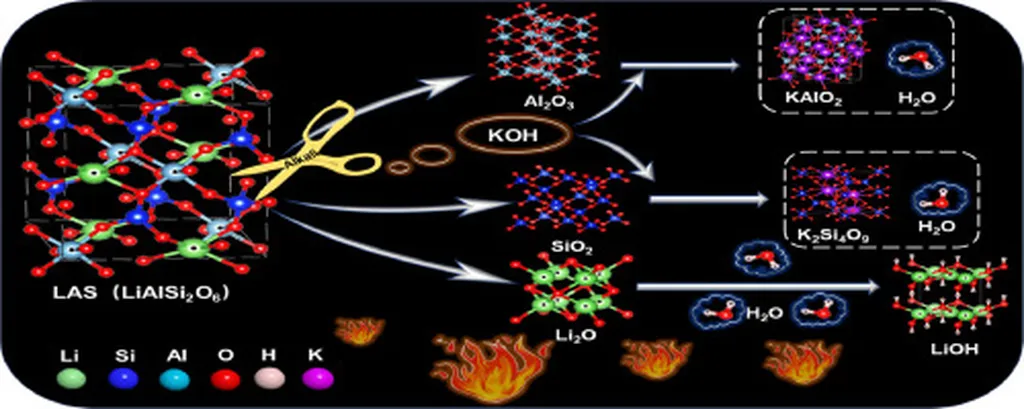In a groundbreaking study published in *Materials Research* (translated to English as “Materials Research”), researchers have unveiled a promising approach to repurpose spodumene flotation tailings, a byproduct of lithium mining, into high-quality whiteware ceramics. This innovative research, led by Mariana Caroline Andrade Silva, offers a dual benefit: reducing the environmental footprint of mining operations while creating new economic opportunities in the ceramics industry.
The study, conducted by Silva and her team, demonstrates that spodumene tailings can be combined with white clay to produce ceramic materials with enhanced properties. By incorporating varying percentages of tailings (0–30%) into the clay mixture, the researchers observed significant improvements in the ceramic’s mechanical strength and density. This is attributed to the fluxing agents present in the tailings, such as feldspars, which facilitate phase transformations during the sintering process.
“Our findings indicate that the incorporation of spodumene tailings not only reduces water absorption but also increases the apparent density and mechanical strength of the ceramic materials,” Silva explained. “This is a significant step towards valorizing mining waste and aligning with the principles of responsible mining.”
The mineralogical analysis revealed that the addition of tailings promotes the formation of mullite and cristobalite, while reducing quartz content. These phase transformations are crucial for enhancing the ceramic’s performance and durability. The study’s results suggest that spodumene tailings, which are typically discarded, can be effectively utilized to produce high-quality ceramics, thereby reducing waste and contributing to a more sustainable mining industry.
The implications of this research extend beyond environmental benefits. As the demand for lithium continues to rise due to its critical role in energy storage and electric vehicle batteries, the mining sector is under increasing pressure to adopt more sustainable practices. By repurposing spodumene tailings, mining companies can not only reduce their environmental impact but also create new revenue streams by selling the valorized tailings to the ceramics industry.
“This research opens up new possibilities for the ceramics industry to source raw materials more sustainably,” Silva noted. “It also provides a viable solution for mining companies to manage their waste more effectively, contributing to a circular economy.”
The study’s findings, published in *Materials Research*, highlight the potential for spodumene tailings to be transformed into valuable ceramic materials. This innovative approach not only addresses environmental concerns but also offers economic benefits for both the mining and ceramics industries. As the world transitions towards more sustainable practices, research like this paves the way for a greener and more efficient future.
In the broader context, this research could inspire similar studies focused on valorizing other types of mining tailings. By exploring the potential of these waste materials, researchers and industry professionals can contribute to a more sustainable and circular economy. The study by Silva and her team serves as a testament to the power of innovation in driving positive change and creating new opportunities in the mining and ceramics sectors.

